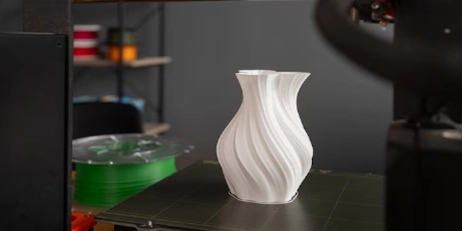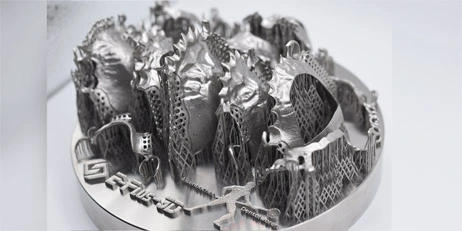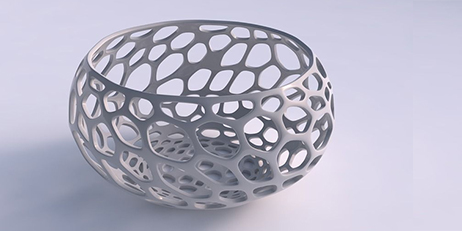Introduction to 3D Printing in Consumer Goods Industry
The consumer goods industry is experiencing a significant transformation with the advent of 3D printing technology. This innovative manufacturing process allows businesses to design, customize, and produce consumer goods more efficiently and cost-effectively. In this blog post, we will explore the profound impact of 3D printing on the consumer goods industry.
Advantages of 3D Printing in Consumer Goods Industry
3D printing offers numerous advantages when it comes to manufacturing consumer goods. Firstly, it allows for the creation of complex shapes and intricate designs that may not be feasible with traditional manufacturing methods. This gives businesses the opportunity to produce unique and eye-catching products that cater to specific customer preferences.
Additionally, 3D printing enables rapid prototyping, reducing the time and cost associated with product development. Manufacturers can quickly create prototypes, make modifications on the go, and receive feedback from consumers before mass production. With this level of flexibility, businesses can respond swiftly to market demands and stay ahead of the competition.
Customization and Personalization
One of the most significant impacts of 3D printing in consumer goods industry is its ability to facilitate product customization and personalization. Given that consumer preferences are becoming increasingly diverse and individualistic, customization plays a vital role in attracting and retaining customers.
Traditionally, customization in manufacturing has been limited due to the high costs and complexities involved. However, 3D printing removes these barriers by allowing brands to produce customized goods at a reasonable cost. Consumers can now personalize their products by choosing colors, patterns, and even incorporating their names or initials. This level of personalization enhances the overall customer experience and fosters brand loyalty.
Sustainability and Waste Reduction
Another significant benefit of 3D printing in consumer goods industry is its potential for sustainable manufacturing. Traditional manufacturing processes often generate excessive waste due to molding and cutting techniques. With 3D printing, manufacturers can minimize material waste by only using the exact amount of material required for production. This results in reduced environmental impact and more eco-friendly practices.
Furthermore, localized production through 3D printing reduces the need for long-distance shipping and warehousing. This not only lowers carbon emissions but also allows businesses to respond quickly to evolving market demands, further reducing excess inventory and waste.
The technology of 3D printing has completely transformed the consumer goods industry, revolutionizing manufacturing processes and consumer experiences. The ability to create complex designs, rapid prototyping, customization, personalization, and sustainable manufacturing are just a few of the advantages that 3D printing brings to the table.
As the consumer goods industry continues to evolve, it is crucial for brands to tap into the potential of 3D printing to stay competitive. Embracing this cutting-edge technology can lead to increased customer satisfaction, reduced costs, and a more sustainable future. With every passing year, we are witnessing the limitless possibilities of 3D printing in shaping the future of consumer goods manufacturing.























